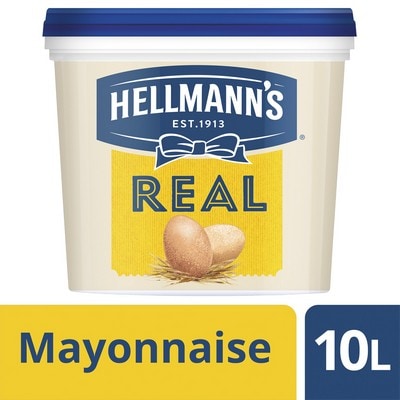Understanding the ever-changing demands of the modern workforce is crucial for workplace caterers aiming to deliver exceptional experiences. In this article, we explore the key aspects of what workplace consumers want and how catering services can meet these expectations.

Constant Menu Innovation:
Workplace consumers crave variety, with 61% expressing a willingness to try new dishes when dining out. Caterers need to embrace constant menu innovation, with 51% of individuals expecting venues to offer fresh and exciting choices. This demand is reflected in the 52% of people actively seeking out new menu items and the 50% who enjoy office lunches they wouldn’t typically make at home [1] [2].

Focus on Light and Healthy Options:

The trend towards healthier eating habits is evident, with over half of office workers prioritizing calorie content. Offering lighter, healthier, and meat-free options not only caters to this demand but also allows for smaller portions and reduced costs. This approach helps minimize food waste and strengthens profit margins. It is essential to diversify meal choices to accommodate various dietary requirements, as 2 in 3 consumers expect venues to cater to their specific needs. Moreover, 75% of vegetarians express a desire for more choices that go beyond vegan offerings [3].
Convenience and Snacking Preferences:
Consumers are spending more on lunch and snacking, emphasizing the importance of convenience. Workplace operators should focus on offering efficient and convenient meal solutions, especially as lunch occasions gain a larger share of out-of-home consumer spend. Snacking is a growing trend in the workplace, with a notable 37% growth in snacking spend. Caterers should leverage this opportunity by providing snacks for all occasions, considering that 80% of surveyed individuals use their workplace restaurant for snacks during their working day [4].
Sustainability and Responsibility:
Consumer expectations for workplace operators extend beyond the plate. In 2024, there is a growing awareness of the need to diversify eating habits to preserve the environment. Caterers can align with this sentiment by prioritizing sustainability, with 48% of foodservice businesses already making it a priority. Taking responsibility to improve biodiversity and reduce food waste is crucial, as these issues become more widely known. Communicating the steps being taken to combat food waste will enhance consumer engagement [5].
Exploring Global Cuisines and Emerging Trends:

Workplace consumers are open to exploring new trends and global cuisines, with high undersupplied demand for emerging options like Peruvian, Burmese, and African cuisines. Over 20% of consumers express an interest in trying out new cuisines in their workplace canteen. Caterers can stay ahead by incorporating innovative recipes that tap into new cuisines, offer lighter food options, and provide a range of meat, vegan, and vegetarian choices [6].
For workplace operators, the key to success lies in delivering value, quality, and sustainable solutions. By embracing constant menu innovation, focusing on light and healthy options, understanding convenience preferences, and aligning with sustainability goals, caterers can keep pace with the dynamic tastes of today's workplace consumers and ensure they remain satisfied and engaged onsite.
Sources
[1] CGA x OMNE Unchartered Waters b.1030, August 2022 (vs. 2021).
[2] Workplace Eating Guide, Bidfood and 3Gem 2023
[3] Future workplace food report 2023, CGA Food insights Sept 2023
[4] Lumina Intelligence Eating and Drinking Out Panel 2023
[5] WGSN, “Top Food & Drink Trends for 2023 & Beyond”
[6] Lumina Intelligence, September 2022 Top of Mind business leaders survey














